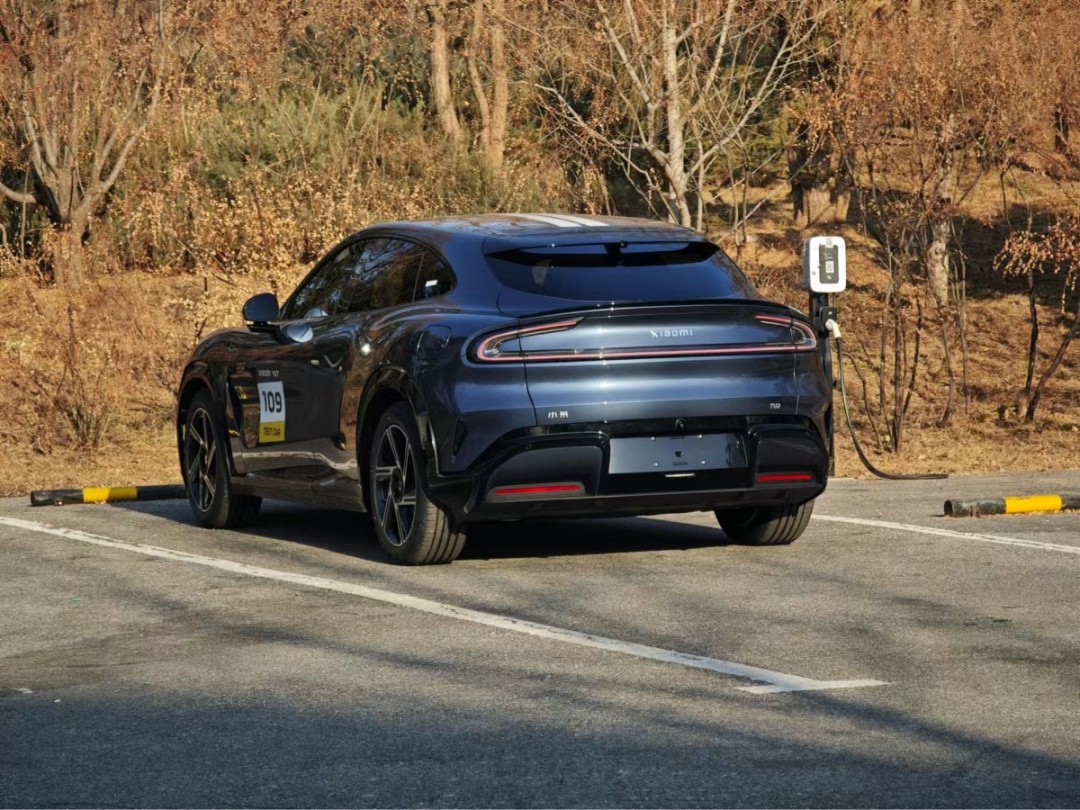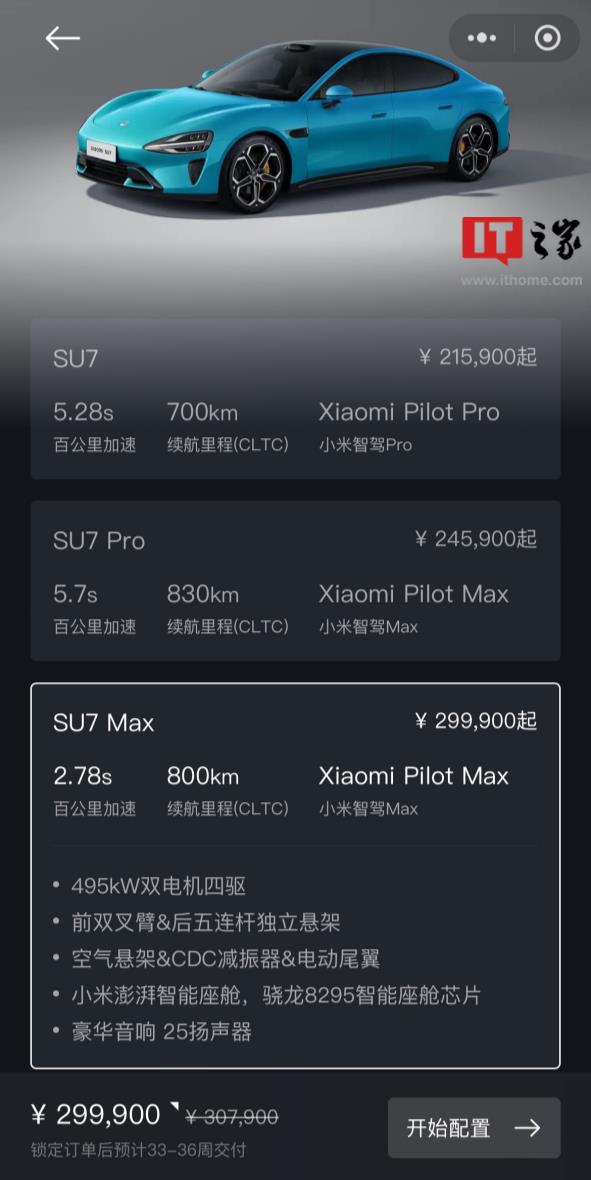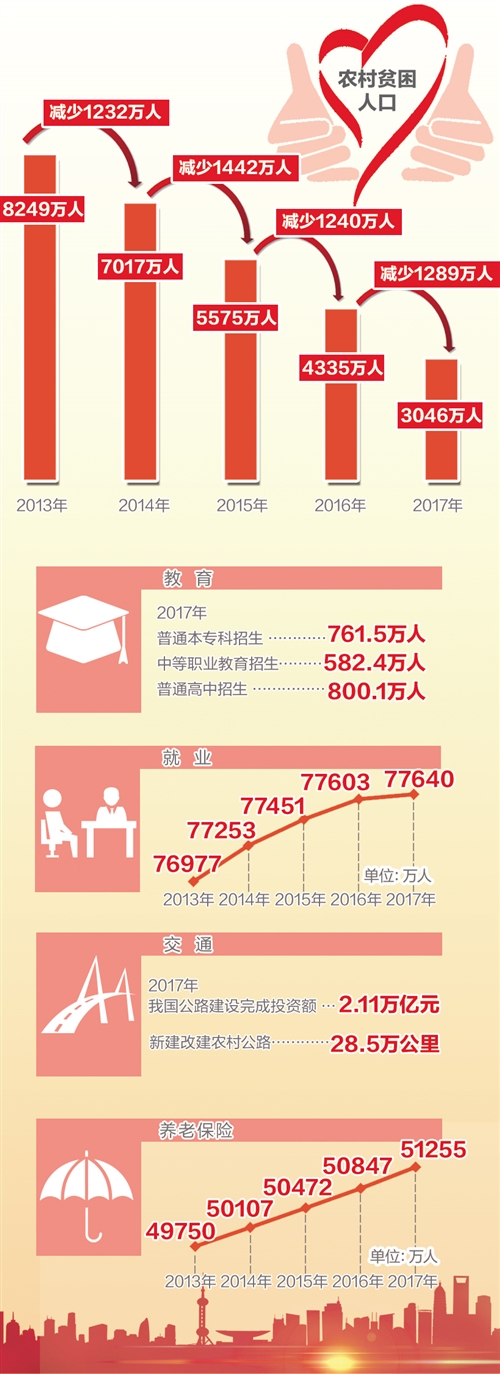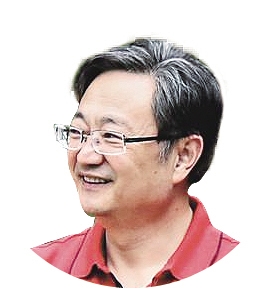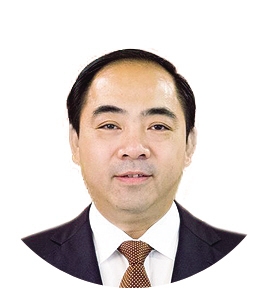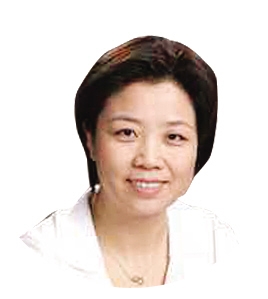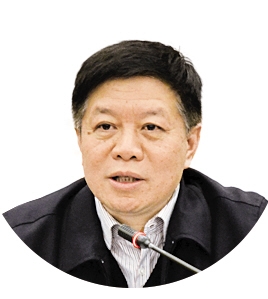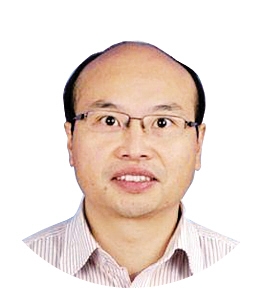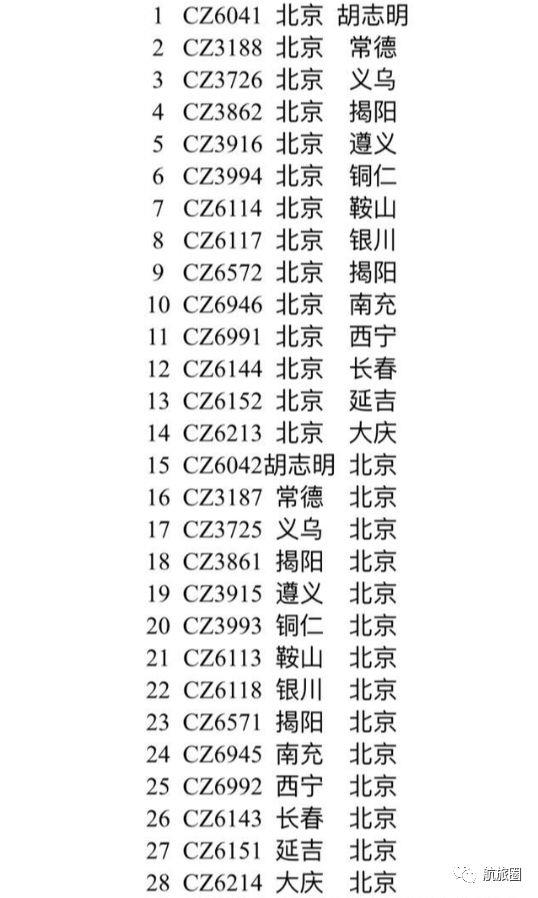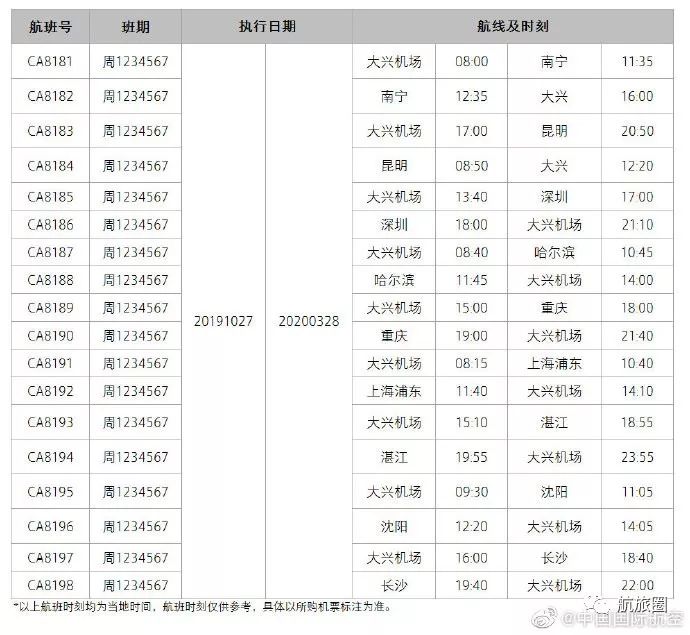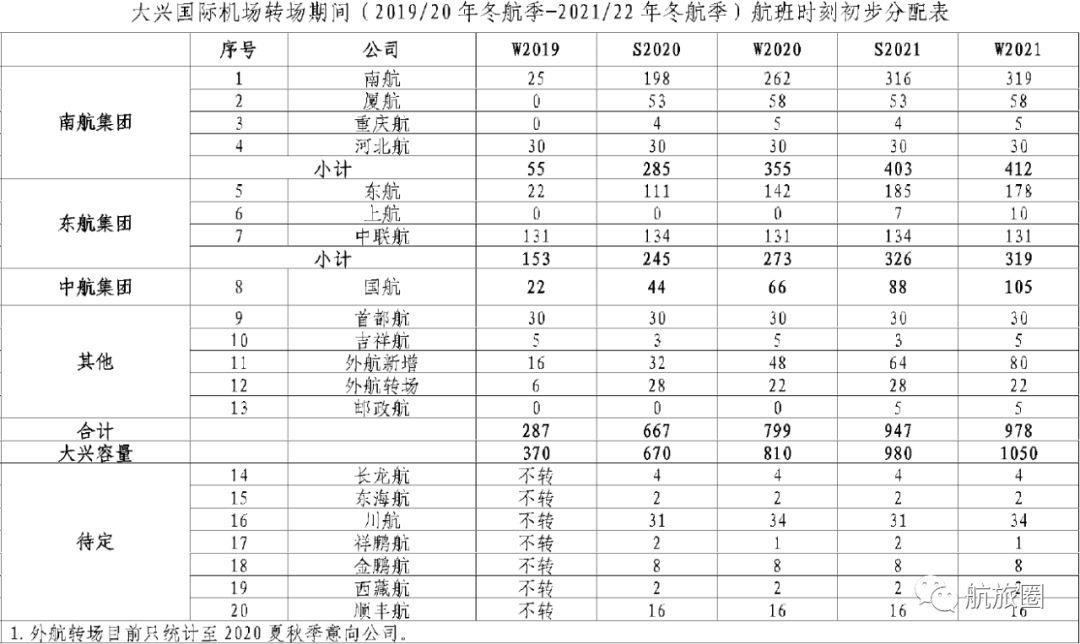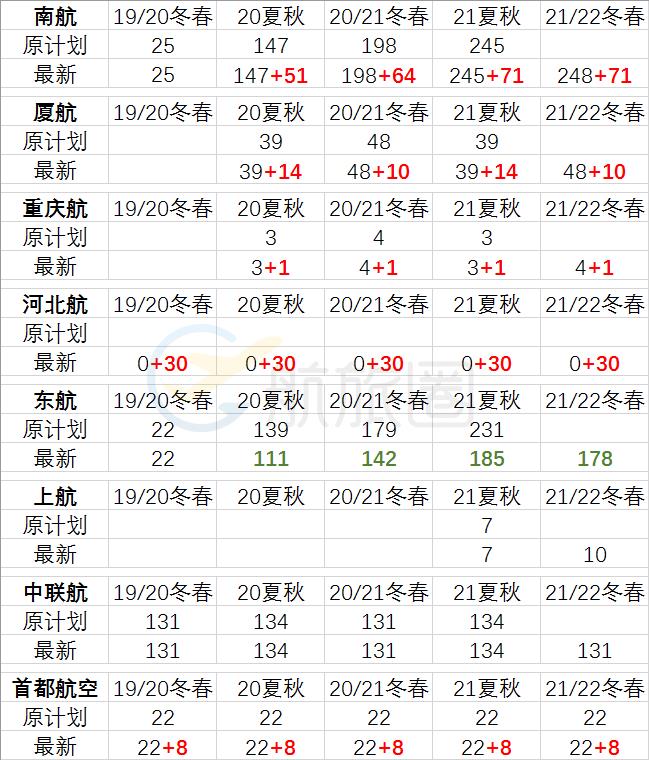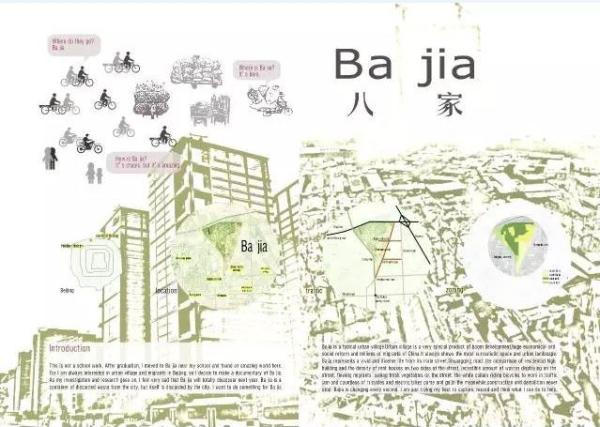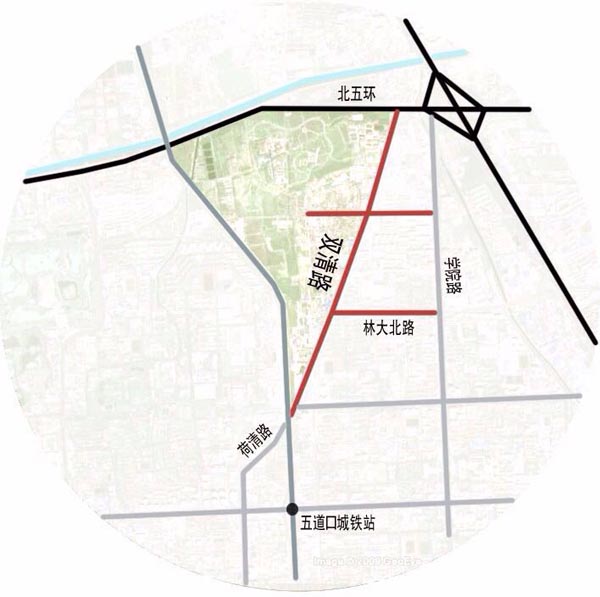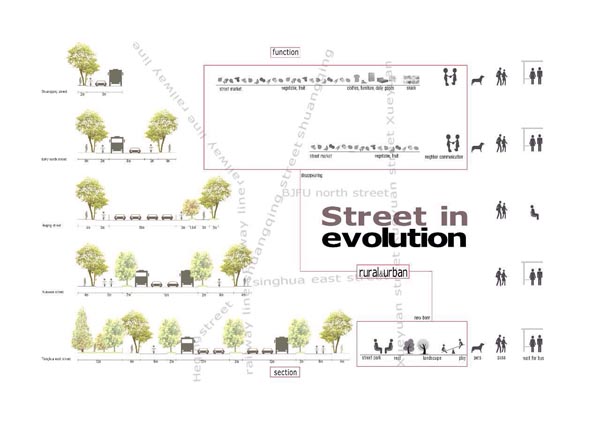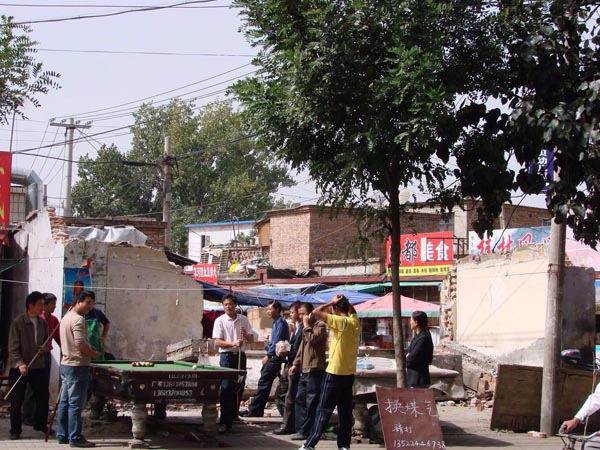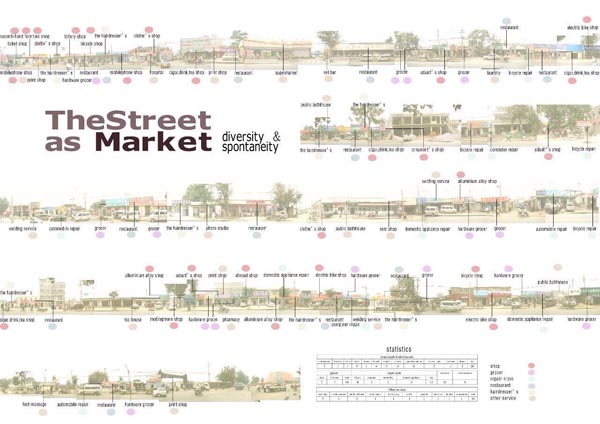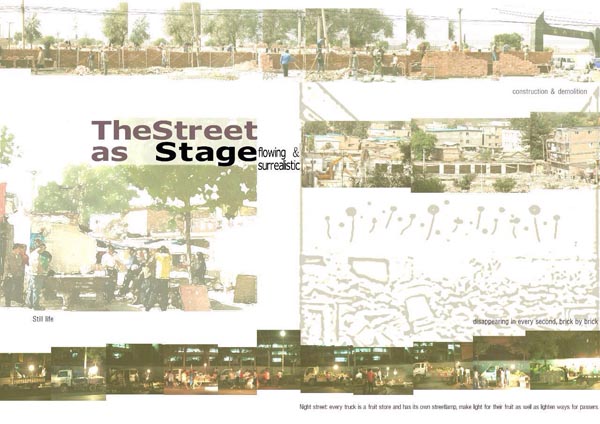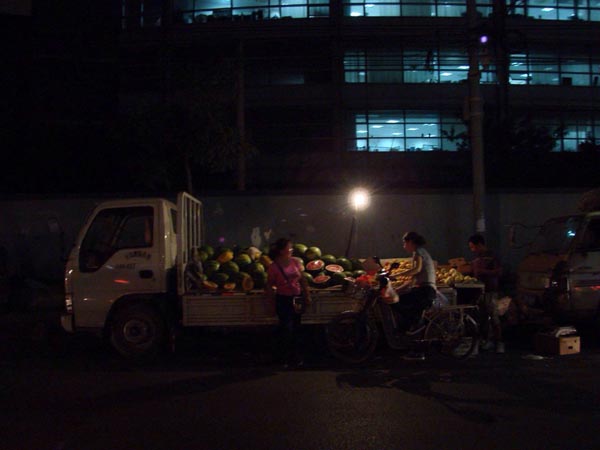As a giant heparin producer, () (SH603707, stock price 11 yuan, market value 17.77 billion yuan) once had a market value of more than 50 billion yuan at its peak, but at present its market value is only about 17.8 billion yuan, and the market value exceeding 30 billion yuan has disappeared in recent years.
In the 2023 annual report of Jianyou Co., Ltd., the total amount of monetary funds deposited abroad was 158 million yuan, but the company checked "Not applicable" for overseas assets in the annual report.
Such an inconspicuous detail error was keenly captured by the Shanghai Stock Exchange. In the "Regulatory Work Letter", the Shanghai Stock Exchange asked the company "the reasons for the differences before and after the disclosure of overseas assets in the annual report".
In fact, the overall export volume of heparin industry has been declining since 2020. Jianyou Co., Ltd. is also seeking transformation, and has acquired Meitheal Pharmaceuticals, Inc (hereinafter referred to as Meithail), an American pharmaceutical company, to expand the pharmaceutical business in the American market.
In 2019, Jianyou completed the consolidation of Meitheal. Meitheal is an important overseas asset of Jianyou, and it is also one of the sources of information disclosure errors in the above-mentioned annual report.
However, from 2019 to 2023, Meitheal lost more and earned less, with a cumulative net loss of about 100 million yuan. During the period, Meitheal also recalled the products under its name due to the wrong labeling of drug names. Recently, the public information of FDA (US Food and Drug Administration) shows that the status of several drug approvals under Meitheal’s name is "discontinued".
Looking back now, it is quite unreasonable for Jianyou to acquire Meitheal in some places. Including Jianyou shares had provided loans to Meitheal before its acquisition, Meitheal’s net assets were negative when it was acquired, and Meitheal’s equity was actually "exported to domestic market".
Image source: The reporter made drawings based on public information such as the announcement of Jianyou shares, () announcement, Sino Medical Announcement, Yuandong Biological Announcement and China Foundation Association.
Before Jianyou shares increased the capital of Meitheal, the original shareholder of Meitheal was a company registered in Cayman Islands. Who was the controller behind this company? Jianyou shares were not disclosed, but only expressed as "no relationship" with Jianyou shares.
According to the investigation by the reporter of national business daily, one of the original controllers of Meitheal emerged, that is, Zhao Jin, the former supervisor of Jianyou.
Meitheal was supported by Jianyou’s share loan.
In August 2019, Jianyou Co., Ltd. issued a foreign investment announcement, and the company increased its capital by about 95 million US dollars to obtain 83.33% equity of Meitheal83.33%
Jianyou Co., Ltd. said that investing in its own localized R&D, sales, quality and registration team is crucial for the company to vigorously develop the high value-added generic drug market in the United States.
According to the announcement, Meitheal was established in December 2016. It is a professional pharmaceutical company headquartered in Chicago, Illinois, USA, focusing on developing, manufacturing, purchasing and selling injectable drugs, which are mainly sold throughout North America. Meitheal mainly focuses on generic injections, providing customers with lower-cost brand-name drug substitutes when the patents have expired, been declared invalid or are determined not to infringe others’ patents. Meitheal has a wide range of products covering anti-infection, tumor lysis and intensive care indications, and has various presentation forms such as single-dose and multi-dose vials, ready-to-use prefilled syringes and premixed bags.
Image source: screenshot of Jianyou shares announcement
According to the disclosure of Jianyou, the original shareholders of Meitheal were LYFE Charles Limited (hereinafter referred to as LYFE) and Thomas Shea, holding 99.96% and 0.04% respectively. According to the announcement, LYFE is registered in Cayman Islands with a registered capital of 50,000 US dollars. And Mr. Thomas Shea is the CEO of Meitheal.
Image source: screenshot of Jianyou shares announcement
It is worth noting that the owner’s equity of Meitheal was even negative at that time, which was-10.17 million US dollars by the end of June 2019.
It is also worth noting that before the above capital increase, Jianyou shares had provided loans to Meitheal. Jianyou shares said: "Before this transaction, the target company was solely funded by LYFE, and the company provided it with a loan."
Image source: screenshot of Jianyou shares announcement
LYFE contributed $11.5 million to Meitheal in January 2017. Subsequently, LYFE did not invest any more money. Instead, Hong Kong Jianyou Industrial Co., Ltd. (hereinafter referred to as Hong Kong Jianyou), a subsidiary of Jianyou Co., Ltd., provided Meitheal with a loan of about $23 million.
Jianyou shares disclosed that LYFE and Thomas Shea are not related to the company in terms of property rights, business, assets, creditor’s rights and debts, and personnel.
Who is the actual controller of LYFE registered in Cayman Islands? Meitheal was established with a capital of more than 10 million dollars, but it was able to obtain the loan of Jianyou shares in difficult times, and then it was able to obtain the investment of Jianyou shares.
Jianyou shares only disclosed in its announcement that 100% shareholders of LYFE are Lyfe Capital Fund II, L.P., but did not disclose the shareholders and actual controllers behind Lyfe Capital Fund II, L.P.. With the deepening of the reporter’s investigation, the real controller behind LYFE Capital Fund II, L.P surfaced.
It has accumulated a loss of 100 million yuan in five years, and there have been drug recalls in the United States.
From 2019 to 2021, Meitheal realized operating income of about 800 million yuan, 690 million yuan and 1.04 billion yuan respectively, and realized net profit of about 7,696,600 yuan,-56.32 million yuan and 27.371 million yuan respectively.
Just after Meitheal realized a profit of more than 27 million yuan, in July 2022, Jianyou announced that after Hong Kong Jianyou bought 16.66% equity of Meit Heal held by LYFE with $21 million in cash, Hong Kong Jianyou would hold 99.99% equity of Meitheal16.66%
Image source: The reporter made drawings according to the announcement of Jianyou shares.
"After the company acquired Meitheal, a local American company, in October 2019, combined with Meitheal’s advantages in GPO and channel, the company’s business continued to expand in the US market and its market share continued to expand. In 2020 and 2021, Meitheal’s operating income increased substantially, and it was profitable in 2021. " Jianyou shares said.
Obviously, the reason for this operation is that Jianyou shares are very optimistic about the development of Meitheal. However, after Jianyou shares were consolidated with Meitheal, from the financial performance, Meitheal’s profit was true.
Just after the completion of the above minority acquisition, Meitheal lost nearly 80 million yuan in 2022. Throughout 2019 to 2023, Meitheal was in a state of losing more and earning less, with a cumulative loss of about 100 million yuan in five years.
According to the 2022 annual report of Jianyou Co., Ltd., Meitheal holds a total of 40 FDA-approved drug approvals.
According to the reporter’s inquiry, the latest FDA approval shows that five of the above 40 drug approvals are in discontinued market status, namely ANDA211003 calcium levofolinate injection, ANDA077096 carboplatin injection, ANDA206190 cytarabine injection, ANDA201166 Topotecan hydrochloride injection and ANDA206189 cytarabine injection.
Image source: FDA official website screenshot
It is worth noting that Meitheal once had a drug recall in the United States. According to the FDA official website, in January, 2021, Meitheal recalled the drug due to an error in the drug label.
Image source: FDA official website screenshot
According to official website information of FDA, Meitheal announced that it voluntarily recalled a batch of Cisatracurium Besylate (atracurium benzenesulfonate) injection. The decision to recall the product was made after receiving a product complaint. The complaint showed that a part of the carton with batch number C11507A was labeled with Cisatracurium Besylate injection, with 10 bottles in each box, of which 10 bottles were wrongly labeled as Phenylephrine Hydrochloride (phenylephrine hydrochloride) injection.
In this regard, the reporter of national business daily sent an Interview Letter to Jianyou Co., Ltd. on the reasons for the suspension of the above-mentioned drugs and the reasons for the drug recall. Jianyou shares replied to the interview that the company formulated different product strategies according to different markets. Product strategies will be different in different markets in different periods. The product update iteration in the pharmaceutical market is very normal, and there are countless such cases in major pharmaceutical companies in the United States, such as PFIZER and SANDOZ. At the same time, Jianyou shares also provided reporters with screenshots of recent discontinued products of PFIZER and SANDOZ.
Regarding the drug recall, Jianyou Co., Ltd. said: "The company did have this recall. The specific recall situation and reasons can be found on the official website of the US FDA. The incident is not important and did not meet the disclosure standards."
Meitheal’s shareholders are actually "exporting to domestic sales"
"Through the acquisition of Meitheal, the company’s R&D products can carry out marketing and order acquisition in advance in the R&D stage, so that the company’s products can complete the preparatory work for listing and sales more quickly, and expand the profit period and space." Jianyou Co., Ltd. once described the reason for investing in Meitheal when it first increased its capital.
However, as a matter of fact, Meitheal didn’t bring profit expansion to Jianyou, on the contrary, it also caused a big loss.
Image source: The reporter made drawings according to the announcement of Jianyou shares.
As for LYFE, the original shareholder of Meitheal, Jianyou shares only disclosed that its shareholder was Lyfe Capital Fund II, and L.P. was gone.
It is worth noting that the main body of LYFE Capital’s WeChat WeChat official account is Zhouling Private Equity Fund Management (Shanghai) Co., Ltd. (hereinafter referred to as Zhouling Private Equity). Meitheal is listed as one of the projects invested by Zhouling Private Equity official website.
Image source: Zhouling Private Equity official website screenshot
Zhouling Private Equity was established in April 2015, and its legal representative is Zhao Jin. According to the relevant resume published by China Fund Industry Association, Zhao Jin once worked for Morit Group, Weiwu Capital and other companies.
Image source: screenshot of China Fund Industry Association
The reporter noticed that Sino Medical (SH688108, share price of 8.46 yuan, market value of 3.5 billion yuan) also involved in the IPO process related to the upper-level equity structure of LYFE Capital Fund II, L.P, which provided an answer to solve this problem.
At that time, the exchange asked whether the equity of the transferee issuer, such as Sino Medical, LYFE Capital set up by Jifeng Capital, a domestic investment institution, was in compliance with foreign exchange management laws and regulations, and whether there was a potential risk that the issuer would bear civil and criminal liability or be punished by administrative punishment.
In September 2019, when Sano Medical responded to the inquiry, it said that according to the information provided by LYFE Capital, as of the date of issuing the reply report, the limited partners of LYFE Capital Fund II, L.P were mainly overseas professional parent funds, management parent funds, family funds, insurance funds and equity investment funds.
Image source: screenshot of Sino Medical Announcement
The upper level of LYFE Capital Fund II, L.P includes limited partners and general partners, and who are these limited partners behind the scenes is not disclosed by Sino Medical.
However, for the general partner, Sino Medical has given a clear shareholding path. The general partner of LYFE Capital Fund II, L.P is Lyfe Capital Management Limited (BVI), and this company is 100% controlled by Shanghai Jirong Investment Consulting Partnership (Limited Partnership), and the general partner of Shanghai Jirong is Jiaxing Jifeng Equity Investment Management Co., Ltd. (hereinafter referred to as Jiaxing Jifeng). Natural persons Zhao Jin and Yu Zhengkun jointly controlled Jirong in Shanghai and Jifeng in Jiaxing.
In other words, in that year, China enterprises actually controlled Meitheal, and the actual controllers behind them were Zhao Jin and Yu Zhengkun. Jianyou’s investment in Meitheal is similar to the operation method of "exporting to domestic sales".
One of the original actual controllers of Meitheal is a former supervisor of Jianyou.
From the common sense, the financial strength, medical industry experience and management ability of Jianyou shares are better than that of a private investment fund. Then, why did Jianyou lend money to Meitheal, and then spent a lot of money to buy it, instead of directly operating and setting up an American subsidiary?
According to the reporter’s investigation, many evidences show that Zhao Jin, one of the actual controllers of LYFE Capital Fund II, L.P, used to be the supervisor of Jianyou.
According to the prospectus of Jianyou Co., Ltd. (the declaration draft was submitted on March 15th, 2016), there was a supervisor named Zhao Jin within the reporting period. According to the introduction of Jianyou Co., Ltd., its former supervisor Zhao Jin was nominated by Weiwu (Chengdu) Biotechnology Venture Capital Co., Ltd. [hereinafter referred to as Weiwu (Chengdu)].
In August 2015, Jianyou Co., Ltd. held an extraordinary general meeting of shareholders, and Zhao Jin no longer served as the supervisor of Jianyou Co., Ltd..
According to the prospectus of Jianyou, its former supervisor, Zhao Jin, is also a director of Hanerxi (Beijing) Technology Co., Ltd. and Shanghai Jingfeng Pharmaceutical Co., Ltd.. In addition to this information, Jianyou shares did not introduce the former supervisor in detail.
Image source: screenshot of Jianyou shares prospectus
According to Jianyou, JEF, Generic and Weiwei (Chengdu) are funds managed by VIVO Ventures, holding 3.0007%, 2.2506% and 0.2813% of the total share capital of Jianyou respectively. JEF, Generic and Weiwu (Chengdu) managed by VIVO Ventures hold 5.5326% of the shares of Jianyou.
Image source: screenshot of Jianyou shares prospectus
It is worth noting that the Chinese translation of VIVO Ventures is Weiwu Venture Capital.
At that time, Shanghai Jingfeng Pharmaceutical Co., Ltd., the enterprise of which Zhao Jin was a director, is now called Shanghai Jingfeng Pharmaceutical Co., Ltd., which is a subsidiary of listed company *ST Jingfeng (SZ000908, share price 1.18 yuan, market value 1.038 billion yuan). According to the announcement of *ST Jingfeng, Zhao Jin used to be a consultant of Morit, and now he is the managing partner of Vivo Ventures, and he is the supervisor of Jianyou Co., Ltd., and the chairman of Hanerxi (Beijing) Technology Co., Ltd.
According to the resume of Zhouling Private Equity Zhao Jin disclosed by the Fund Industry Association, Zhao Jin also worked as a senior consultant in Molit Group and a managing partner in Weiwu Capital. Then, is it a coincidence that Zhao Jin disclosed by *ST Jingfeng worked in Molit and Vivo Ventures and that Zhao Jin disclosed by China Fund Industry Association worked in Molit Group and Weiwu Capital?
Image source: *ST Jingfeng announcement screenshot
On the other hand, Zhao Jin disclosed by *ST Jingfeng was the chairman of Hanerchi (Beijing) Technology Co., Ltd., which provided important clues.
In April 2019, Yuandong Bio (SH688513, share price of 30.5 yuan, market value of 5.384 billion yuan) was disclosed in its prospectus, and its director Zhao Jin also served as the chairman of Hanerxi (Beijing) Technology Co., Ltd. At the same time, Yuandong Bio provided a detailed resume of Zhao Jin, and Zhao Jin has worked in many companies. Among them, in Jiaxing Jifeng, Zhao Jin holds 50% of the shares and serves as executive director and manager; In Shanghai Jirong, Zhao Jin holds 40% of the property and acts as the appointed representative of the executive partner.
Image source: Screenshot of Yuandong Biological Announcement
At this point, the answer is clear. Zhao Jin, the former supervisor of Jianyou Co., Ltd., is one of the original actual controllers of Meitheal.
As to who is the ultimate actual controller of LYFE, Jianyou Company stated in an interview letter to the reporter of national business daily that according to the announcement of Jianyou Company’s Foreign Investment in 2019 (announcementNo.: 2019-055), the shareholder of LYFE is LYFE Capital Fund II, L.P, which holds 100% equity of Lyfe. According to the public information on the Internet, LYFE Capital Fund II, L.P belongs to LYFE CAPITAL, and its founder and managing partner is Zhao Jin. Therefore, the ultimate actual controller of LYFE is Zhao Jin.
Regarding the question "Is Zhao Jin, your supervisor in Si Qian, one of the former actual controllers of Meitheal?" asked in the Interview Letter. If so, did any other directors of your company participate in Meitheal’s previous shareholding? If not, can your company provide corresponding reasons? " Jianyou shares replied: "Zhao Jin, the former supervisor of the company, was appointed by VIVO, an early shareholder of the company (at that time, Zhao Jin was a global partner of VIVO), and Zhao Jin became a director of Meitheal as a global partner of LYFE. There are no other directors in the company who participate in Meitheal’s shareholding. "
In addition, the reporter also issued an "Interview Letter" to Zhouling Private Equity on related issues, but as of press time, no response was received from the other party.
To sort out the timeline, the operations of Jianyou and Zhao Jin about Meitheal are as follows:
In April 2015, Zhouling Private Equity was established, with Zhao Jin as the legal representative.
In August 2015, Zhao Jin ceased to be the supervisor of Jianyou.
In December 2016, Meitheal was established, and Zhao Jin, as one of the actual controllers, was controlled by Lyfe (registered capital of US$ 50,000) which was finally established in Cayman Islands through a number of companies.
In January 2017, LYFE contributed $11.5 million to Meitheal.
From 2018 to the first half of 2019, Jianyou shares borrowed $23 million from Meitheal.
In October 2019, Jianyou Co., Ltd. increased its capital by about US$ 100 million to obtain 83.33% equity.
In 2021, Meitheal achieved a profit of 27.371 million yuan.
In the second half of 2022, Jianyou shares purchased 16.66% equity of Meit Heal held by LYFE in cash of 21 million US dollars.
In 2022, Meitheal lost nearly 80 million yuan.
In 2023, Meitheal lost RMB 2,538,200.


